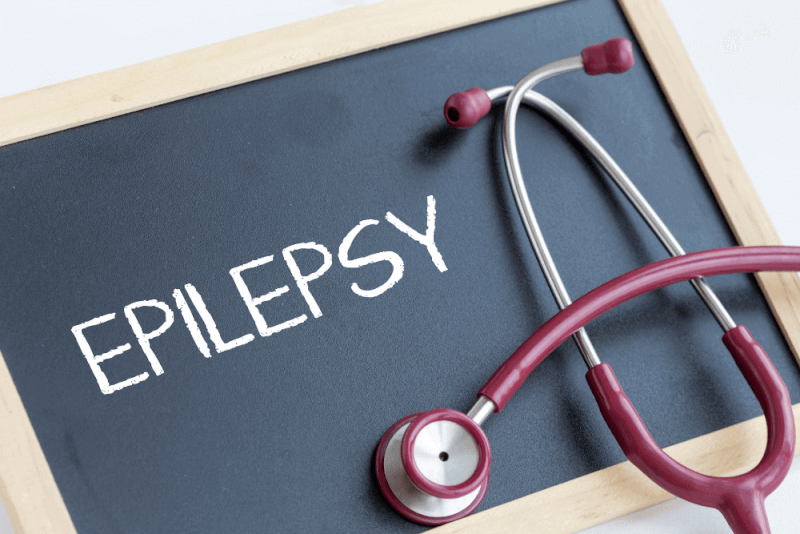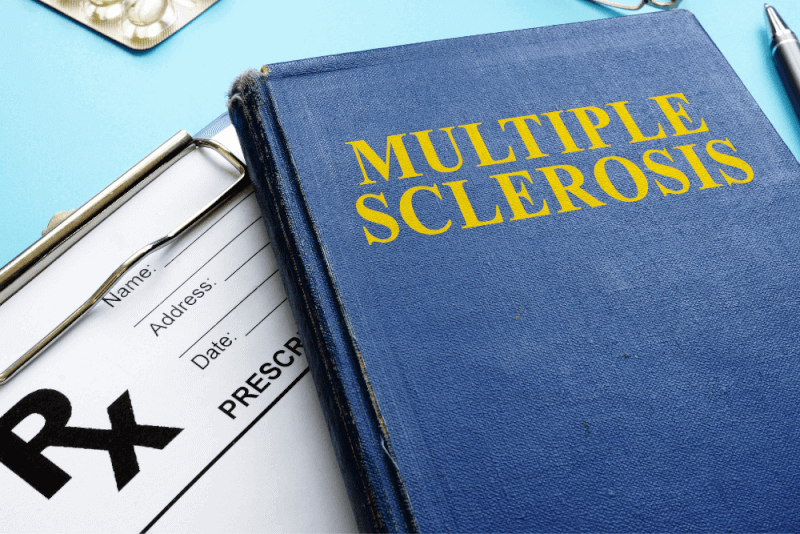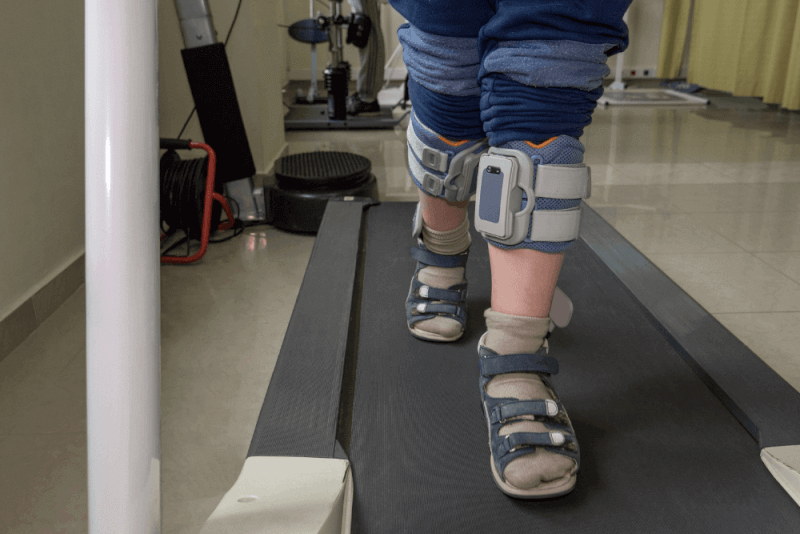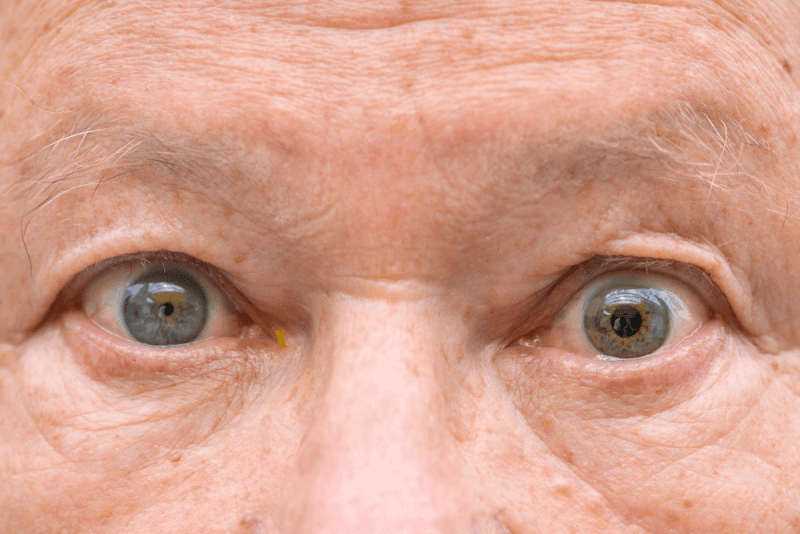30 Second Summary
- Epilepsy is a chronic disease in which the brain produces electrical discharges in an uncontrolled manner.
- Seizures cause symptoms such as emotional changes, involuntary convulsions and changes in consciousness in patients.
- Although there is no definitive treatment, the frequency and severity of seizures can be reduced with medication.
- The most common causes include brain trauma, intracranial tumors and genetic factors.
What is epilepsy (epilepsy)?
Epilepsy, also known as epilepsy, is one of the chronic diseases. The definition of epilepsy is simply the uncontrolled discharge of neurons in the brain. This situation in neurons causes patients to have seizures. In epileptic seizures, patients experience emotional changes, involuntary convulsions and changes in consciousness. It is not enough for patients to have one seizure to be diagnosed with epilepsy. In addition, patients are very healthy between seizures.
There are thought to be approximately 65 million people with epilepsy worldwide. However, no medication or treatment has yet been found that can completely cure epilepsy. On the other hand, some treatment techniques adopted to prevent seizures can prolong the intervals between seizures.
What is an epileptic seizure?
In epileptic seizures, one of the health problems that have existed since the early times of civilization, there are changes in the electrical activity of the brain. These changes cause patients to experience aggressive tremors and loss of control and consciousness. These changes in patients are called epileptic seizures. Epileptic seizures occur when certain nerves in the brain are stimulated simultaneously over a period of time. This synchronized stimulation causes patients to contract.
Although seizures and epilepsy are used interchangeably and have close meanings, they are still different concepts. Epileptic seizures refer to recurrent and spontaneous seizures. However, although seizures have many different causes, they are usually a one-off event.
Symptoms of epilepsy (epilepsy)
Since there is more than one type of epilepsy, the symptoms also vary. In addition, patients may also experience different symptoms. The length of symptoms seen in epileptic seizures varies from a few seconds to 15 minutes.
Some symptoms of epileptic seizures occur before the seizure and include the following:
- Headache
- Feeling as if out of body
- Partial uncontrolled movement of the feet and hands
- Changes in vision
- Dizziness
- Nausea
- Sudden and intense anxiety and fear
In epileptic seizures that occur after these symptoms are observed, the following symptoms are observed:
- Sudden mood changes
- Loss of control over the bowel and bladder
- Making strange and meaningless noises
- Biting the tongue, clenching the teeth
- Sudden onset of eye movements
- Falling
- Foam coming from the mouth
- Uncontrolled contractions
- Confusion following loss of consciousness
- Fainting
- Momentary dives
- Screaming
- Turning the head to one side during sleep
- Rapid head shaking
Symptoms of epilepsy (epilepsy) during sleep
Because of the relationship between sleep and epileptic seizures, people with epilepsy are likely to have seizures in their sleep. This is because electrical changes in the brain are activated during sleep. Symptoms of epileptic seizures during sleep are as follows.
- Rapid eye movements
- Stress and tension due to lack of sleep
- Feeling constantly tired during the day
- Constant sleepiness during the day
- Not waking up
- Difficulty falling asleep again after waking up
- Sudden awakening from sleep
Symptoms of Pseudo-epilepsy (epilepsy)
Pseudo-epileptic seizures, which usually occur for psychological reasons, have nothing to do with electrical events in the central nervous system. False epileptic seizures are also called psychological epileptic seizures. Symptoms seen in pseudo-epileptic seizures are as follows:
- Sudden contractions in the body
- Stiffening of the muscles
- Uncontrolled shaking of the legs and arms
- Loss of attention
- Immersion in a fixed point
- Blank stare
Since the symptoms of pseudo-epileptic seizures are similar to those of epileptic seizures, diagnosis can be difficult. This is because doctors are usually less likely to observe patients during a shift.
Types of epilepsy (epilepsy) seizures
Epileptic seizures vary according to the area of the brain where the electrical discharges occur. In addition, these seizure types vary according to the symptoms they give.
Partial (focal) seizures
Seizures caused by electrical activity in only one part of the brain are called focal seizures. In some types of these seizures, patients are conscious, while in others they are unconscious.
Simple focal seizures
Focal seizures are divided into two categories. Within these classes, patients are conscious in simple focal seizures. Patients can also respond to questions and commands. In addition, patients may remember the seizure process after the seizure. Symptoms seen in patients with simple focal seizures are as follows:
- Mood swings that occur for no apparent reason
- Twitching and contractions in body parts such as arms and legs
- Difficulty speaking and understanding what is being said
- Unsettling sensations such as epigastric rise and rapid heartbeat
- A sense of déjà vu
- Hallucinations in senses such as smell, hearing or taste
- Light flashes
- Intense tingling sensation
Complex focal seizures
In complex focal seizures, a subgroup of focal seizures, patients are unconscious or have altered consciousness. For this reason, patients cannot respond to external stimuli during a seizure. Symptoms seen during seizures in patients with complex focal epilepsy are as follows.
- Unresponsiveness
- Word repetition
- Screaming
- Pointless and aimless repetitive movements
- Empty gaze fixed on a point
- Sensations that signal the development of seizures
The most important part of the division of focal seizures into two classes is that patients with complex focal seizures are not allowed to drive vehicles or work machines.
Generalized seizure
In generalized epilepsy seizures, electrical discharge occurs simultaneously in many parts of the brain. For this reason, there are 6 different subtypes.
Tonic seizures
The duration of tonic seizures, which usually occur during sleep, varies between 5 and 20 seconds. In tonic seizures, there is a change in muscle tone. The most affected muscle groups include the back, arms and legs. During a seizure, patients experience severe contractions of the affected muscles. Change in consciousness is not seen in tonic seizures.
Clonic seizures
Muscle contractions are also seen in clonic seizures. However, these contractions are rhythmic. These contractions, which especially affect the muscles of the arms and face, cannot be stopped voluntarily.
Tonic-clonic seizures
These seizures, also called grand mal, usually last between 1 and 3 minutes. If they last longer than 5 minutes, urgent medical attention is needed. After a tonic-clonic seizure, patients feel very tired and have no memory of what happened during the seizure. Symptoms of tonic-clonic seizure are as follows.
- Spasms in the body
- Tremor
- Loss of control over bowel and bladder
- Biting the tongue
- Loss of consciousness
Atonic seizure
In atonic seizures, patients' muscles lose their strength for a while. For this reason, patients who are standing during a seizure may fall for no apparent reason. In seizures that usually last less than 15 seconds, loss of consciousness is also possible.
Myoclonic seizures
In myoclonic seizures, rapid and spontaneous twitching is observed in both legs and arms.
Absence seizures
In absence seizures, patients lock on to a certain point. Patients who remain unresponsive during this period lose consciousness for a short time. Although it is a type of seizure seen in children between the ages of 4 and 14, it usually resolves spontaneously after the age of 18. Symptoms seen in absence seizures are as follows:
- Lip smacking
- Chewing
- Washing movements
- Vague tremors in the eye
- Suction
- Continuous fidgeting of the hands
After absence seizures, patients continue their activities as if nothing had happened. This condition is a differential diagnosis of absence seizures.
Somatosensory seizures
Somatosensory seizures involve numbness or tingling of a part of the body.
Psychic seizure
Symptoms of psychic seizures manifest themselves in emotions. These patients may suddenly feel joy, anger or fear. Auditory or visual hallucinations are also seen in seizures.
Causes of epilepsy (epilepsy)
Many factors play a role in the occurrence of epileptic seizures. The neurobiological cause of seizures is the imbalance between periods of rest or excitation of the nerves.
In a significant proportion of epilepsy cases, the cause of the seizures cannot be identified. However, some conditions are known to increase the susceptibility to epilepsy.
Age
Epileptic seizures can occur in all age groups. However, the most common age group is over 55 years of age and early childhood.
Brain infections
People with a history of inflammation of the brain, such as meningitis or encephalitis, are known to be more likely to have epileptic seizures.
Childhood seizures
Some children have seizures that are not related to epileptic seizures. These symptoms, which are especially seen due to diseases with high fever, disappear as the child grows up. However, in some children these seizures lead to the development of epileptic seizures.
Dementia
Patients with cognitive dysfunction diseases such as Alzheimer's disease are also at increased risk of epileptic seizures.
Genetic predisposition
People whose close relatives, especially parents, have epilepsy are at high risk of having an epileptic seizure. The risk of epilepsy in children whose parents have epilepsy is 5%.
Head traumas
Epileptic seizures are possible after blows to the head. This is why it is important to use protective equipment in sports such as cycling or skiing.
Vascular diseases
Strokes caused by blockage or bleeding in the vessels that supply oxygen to the brain also cause brain damage. This damaged area in the brain can trigger epileptic seizures.
Epilepsy (Sara) treatment methods
Medicines are used to treat epilepsy. Although no medication has yet been found that can completely cure it, the drugs used can significantly reduce seizures. In order to achieve the expected effects, it is important that patients take their medication regularly during the treatment process. In addition, some patients do not respond to drug treatment. These patients are intervened with surgical methods. Some childhood epilepsy may improve with age. However, some of them persist throughout life. Narrow-spectrum antiepileptic drug groups are used to prevent the development of seizures.
Divalproex, gamma-aminobutyric acid (GABA)
This group of drugs acting on neurotransmitters is used in focal, absence, multiple seizures and complex focal seizures. These drugs, which stop or slow down brain activity, are effective in controlling seizures.
How is epilepsy (epilepsy) diagnosed? Epilepsy tests
For epilepsy to be diagnosed, it is important to describe the seizures very well. This is why people who see the seizure are needed. The process will then be followed by pediatric or adult neurologists.
Electroencephalography (EEG)
EEG, one of the most important tests that enable the diagnosis of epilepsy, allows the electrical activities of the brain to be recorded. For this, electrodes are placed on the patients' heads and the information from the electrodes is interpreted by neurologists. If unusual activities are detected within these activities, then epilepsy is suspected.
Computed Tomography (CT)
Cross-sectional visualization of the skull is possible with CT, one of the radiological examinations. CT scans examine the brain in sections and look for possible tumors, cysts or bleeding in the brain. If one of these anomalies is present, epileptic seizures can be triggered.
Magnetic resonance imaging (MRI)
MRI, one of the most important radiological imaging systems in the diagnosis of epilepsy, provides a detailed examination of brain tissue. This examination can detect abnormalities in various parts of the brain that may cause the development of epilepsy.
Positron Emission Tomography (PET)
In a PET scan, patients receive a low dose of radioactive material. The electrical activity of the brain is then examined.
Life for people with epilepsy (epilepsy)
The misunderstanding of epileptic seizures in the society also leads to prejudice against epilepsy patients. This causes patients to lose their self-confidence and therefore develop severe depression, up to and including suicide.
Epileptic seizures can have a greater impact on patients' lives than other chronic diseases. The biggest reason for this is that patients are constantly expecting seizures.
In the general process of life, it is known that children with epilepsy receive less education than other children. In addition, the level of unemployment is higher in epilepsy patients. Unemployment rates are 3 times higher than the population and higher than other chronic diseases.
In addition, it is very difficult for people with epilepsy to lead an independent life. Sudden seizures can affect independent living and lead to problems such as inability to obtain a driver's license and social isolation.












